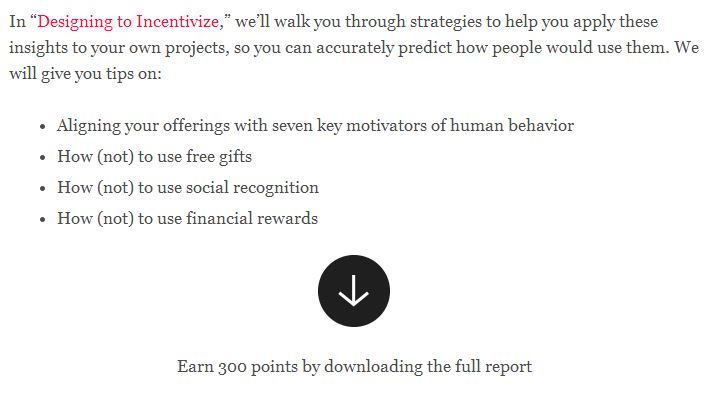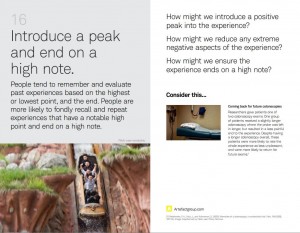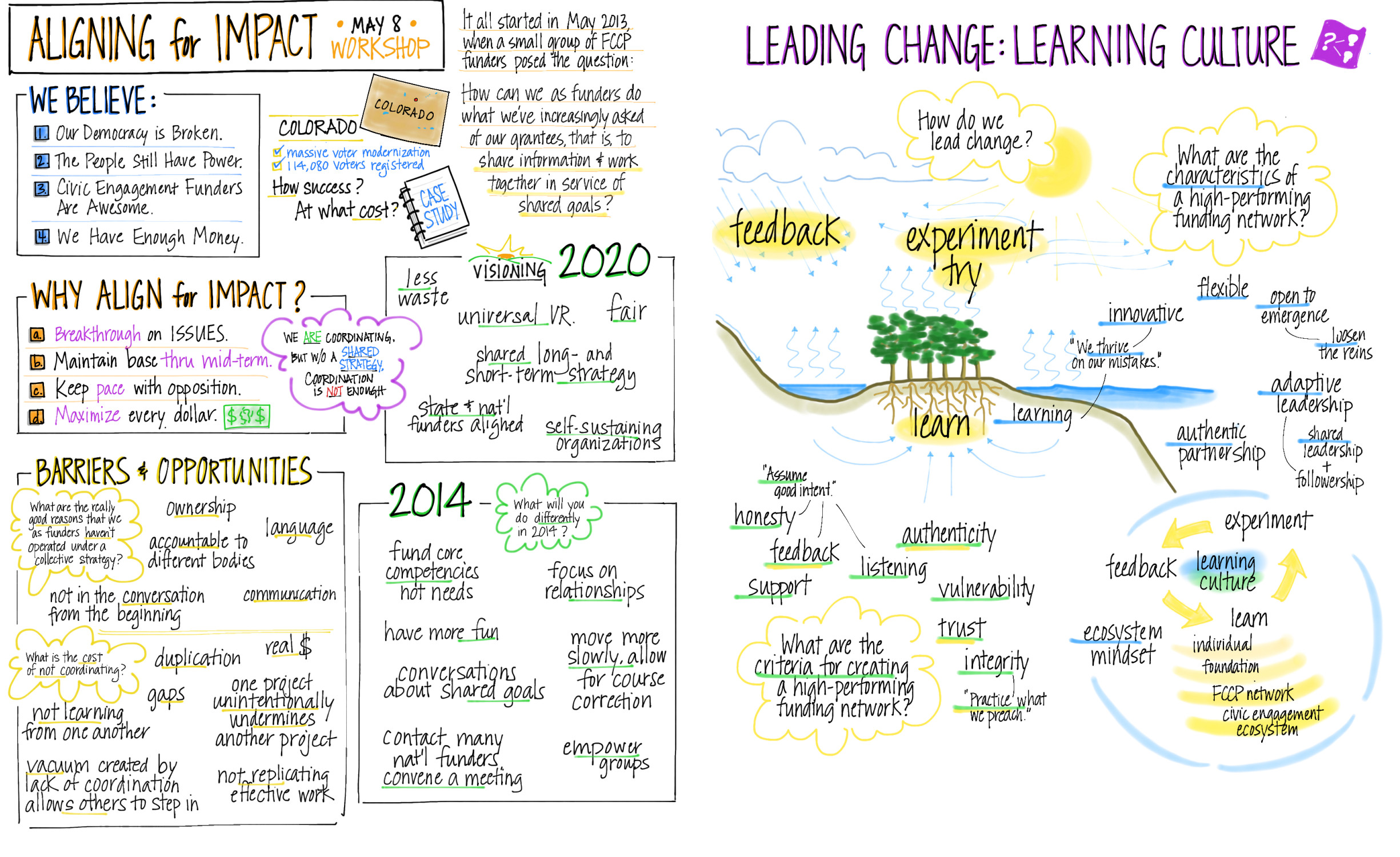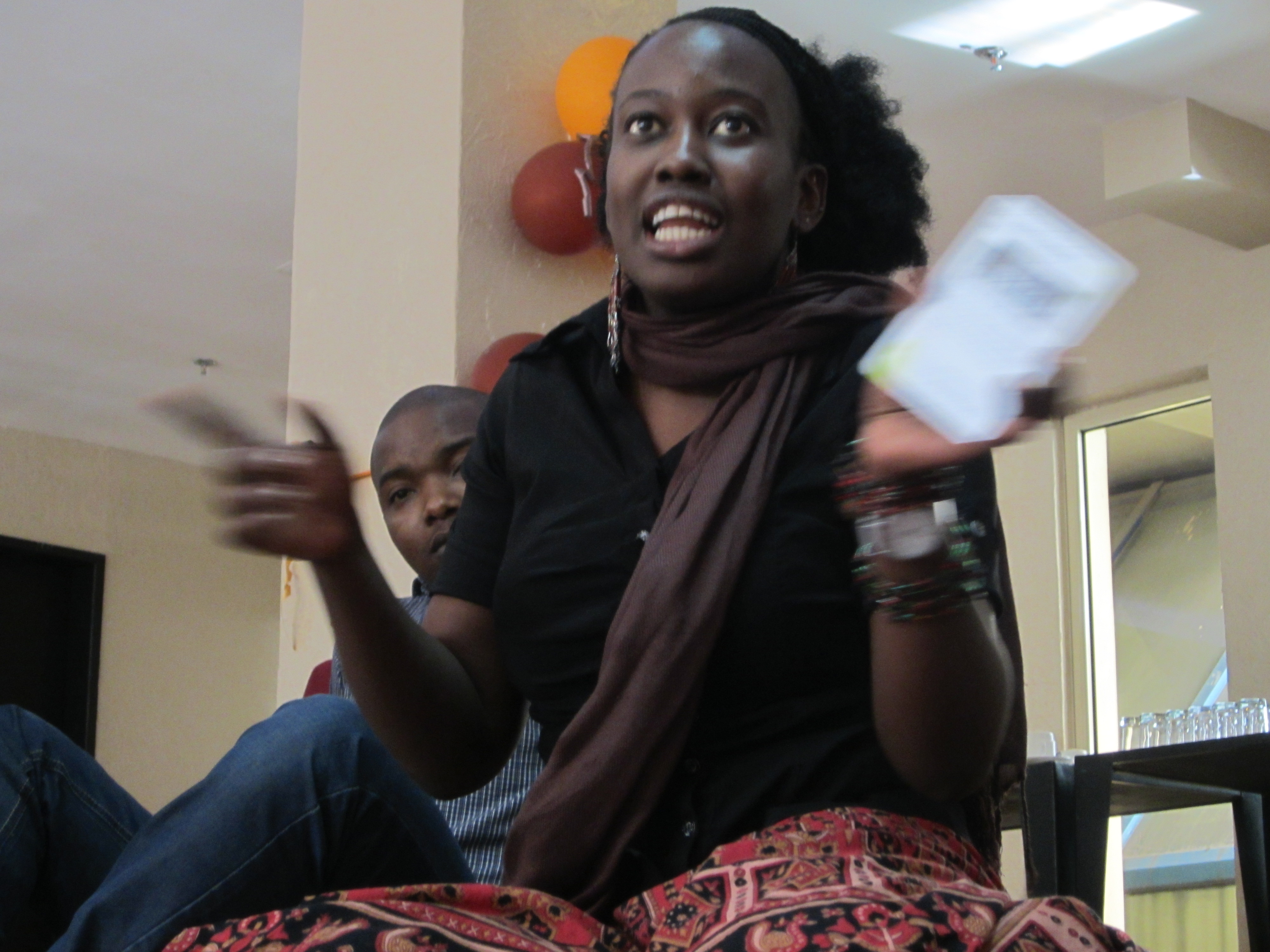Back in 2012 I posted about different card decks I’ve seen and used while facilitating (mostly face to face.) It turned out to be a popular post, so when I see new decks (like with then FABULOUS Groupworks Deck came out) I blog about them. Today one of the folks from the Open Innovators group at the Hague University (where I have fun facilitating in the autumn) posted about a deck I hadn’t seen on facilitating behavior change and I thought I’d add this one to the evolving list. (Update: Here is another great list.)
The behavior change cards come from the Artefact Group. (Hey, they are in Seattle!) Here is their blurb:
This set of 23 cards was crafted to help designers, researchers, and anyone facing a behavior change challenge, think through strategies to nudge people toward positive behavioral outcomes. They work particularly well when you have in mind a specific behavior that you want to change (e.g., “We want to get more people to ride the bus,” or, “We want people to stop smoking”). We focused on making these strategies easy to grasp, incorporate, and act on.
The set is divided into five thematic sections, each featuring strategies and examples that will help you understand whythe strategies are effective, and prompt you to think through how they might be used.
- Make it personal: The persuasive power of “me” and “my” (cards 1– 6)
- Tip the scales: How perceptions of losses and gains influence our choices (cards 7– 13)
- Craft the journey: Why the entire experience matters (cards 14 – 17)
- Set up the options: Setting the stage for the desired decision (cards 18 – 21)
- Keep it simple: Avoiding undesirable outcomes (cards 22 – 23)
These cards should be considered a starting point, to help you think through strategies and brainstorm new ideas you may not have previously considered. Keep in mind that any given strategy, on its own, is unlikely to be a silver bullet. And while some of these strategies may work in the short term, they don’t necessarily guarantee long-term success. At the end of the day, the only way to make sure that what you’re designing has the outcome you desire is to test it with real people.
From a quick glance the cards have a product design perspective, which makes sense as the Artefact Group works in design. I scrolled through them to consider how they might work the international development contexts I often find myself. The images feel pretty North American to me, and reflect a strong consumer culture. I could see using the cards in the US even outside of commercial product design because the examples are familiar and would offer good thinking triggers. In international development the consumer emphasis and images would not translate well. The tips and ideas are useful and I think they would resonate in other cultures with appropriate reframing for different contexts.
A little side note: As an American, I have to be particularly sensitive as people often default to a “disregard that – just another American thing” when I bring them, even if the thing I bring is NOT American. Our cultural identities and our perceptions are strong! My behavior is deeply connected to my roots, so the act of carrying ideas across boundaries is essential to my work, but it has to be done with quite a bit of care. And I still mess up!
This is one of the really tough things with any of these decks is how to make them useful across domains and cultures. Wouldn’t it be nice to be able to take a deck and remix the images? Tweak the text and create a remixed deck altogether? Someone clever could program that, I’m sure.
In the meantime, the resonance of all the decks I’ve tried is the mix of the visual with the images, the tactile experience of the cards (moving them around, sharing them in a group setting, etc.) and the triggers that both the images and the words offer us to step, at least slightly, out of our practiced thinking and behaving pathways. (Yeah, ruts!)
While you are on the Artefact Group’s site, check out their larger set of resources. I was drawn a couple of other toolkit elements with a strong visual focus. Check out Designing for Empathy and their relationship map (see also their whitepaper which is actually YELLOW!) . I have also downloaded “Designing to Incentivize” but haven’t read it yet. (And yes, I still dislike the word “incentivize” but I’m very interested in when incentives help and when they screw things up!) Clearly these folks have a good sense of humor. Here is a screen shot of the page with the summary of the incentives piece:


